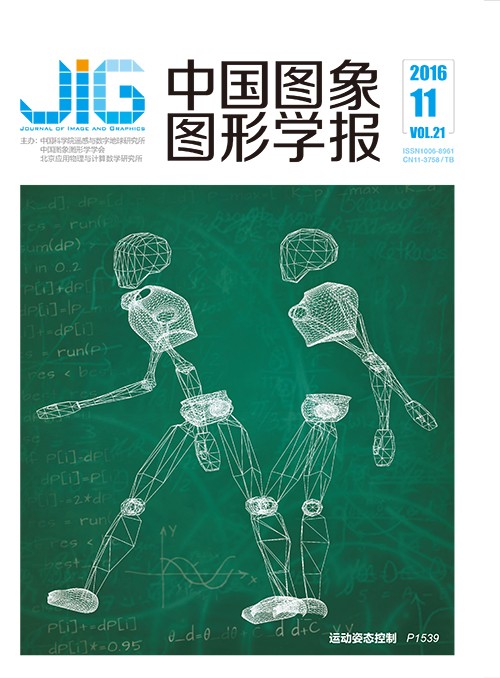
遥感大数据研究现状与发展趋势
朱建章1, 石强2, 陈凤娥3, 史晓丹4, 董泽民5, 秦前清4(1.河南财经政法大学数学与信息科学学院, 郑州 450000;2.华中科技大学软件学院, 武汉 430074;3.武汉理工大学理学院统计系, 武汉 430000;4.武汉大学测绘遥感信息工程国家重点实验室, 武汉 430072;5.武汉科技大学城市学院实验实训中心, 武汉 430083) 摘 要
目的 遥感数据空间分辨率、时间分辨率、光谱分辨率以及辐射分辨率不断提高,数据类型也不断增加,从航天、航空、临近空间等遥感平台所获取的遥感数据量急剧增加,遥感数据已经具有明显的大数据特征。本文旨在从系统应用的角度分析遥感大数据处理中涉及的关键技术与问题,为相关研究人员提供有价值的参考。方法 在参考大量文献的基础上,首先阐明遥感大数据的特点。其次,从GPU硬件加速、集群、网格、云计算、云格、复杂高性能计算等角度介绍了遥感大数据处理系统。再次,从分布式集群化存储技术等,分析了遥感大数据处理的关键技术。最后,从遥感大数据的多类不确定性、信息融合、机器学习、分析平台等出发,说明了目前研究存在的问题;从遥感大数据多类不确定性建模,面向遥感大数据的机器学习方法等角度说明了遥感大数据发展的趋势。结果 本文详细梳理了遥感大数据的特点、典型的处理系统、核心技术,力图总结出在实际应用与学术研究中该领域需要解决的关键问题以及未来的发展趋势。结论 大数据技术为遥感数据挖掘与知识获取带来了机遇与挑战,面向大数据的机器学习、数据统一分析框架、面向大数据的信息深度融合等问题的突破,将促进遥感知识挖掘的进一步发展。
关键词
Research status and development trends of remote sensing big data
Zhu Jianzhang1, Shi Qiang2, Chen Feng'e3, Shi Xiaodan4, Dong Zemin5, Qin Qianqing4(1.School of Mathematics and Information Sciences, Henan University of Economics and Low, Zhengzhou 450000, China;2.School of Software Engineering, HuaZhong University of Science & Technology, Wuhan 430074, China;3.Statistics department of Wuhan University of Technology, Wuhan 430000, China;4.State Key Laboratory of Information Engineering in Surveying, Mapping and Remote Sensing, Wuhan University, Wuhan 430072, China;5.Laboratory Training Center, City College of Wuhan University of Science and Technology, Wuhan 430083, China) Abstract
Objective The continuously improving resolution of spatial, temporal, spectral, and radiometric for remote sensing data also increases the data type. For example, the amount of remote sensing data acquired from the aerospace, aviation, space, and other remote sensing platforms is increasing dramatically. Therefore, remote sensing data have obvious big data characteristics. This study analyzes the key technologies and issues in applying remote sensing big data and provides valuable reference for researchers. Method Based on numerous references, the characteristics of remote sensing big data are clarified. The processing systems for remote sensing big data are introduced from the perspectives of GPU hardware acceleration, clustering, grid, cloud computing, cloud grid, and complex high performance. The key technologies of remote sensing big data, including distributed clustered storage technology, are discussed. The existing problems are discussed through uncertainties, information fusion, machine learning, and analysis platform of remote sensing big data. The development trends are also discussed, including modeling a variety of uncertainties of remote sensing big data and machine learning methods for remote sensing big data. Result This study reviews the characteristics of remote sensing big data, the typical processing system, and the core technology. Key issues and future trends in this area in the practical application of academic research are also summarized. Conclusion Big data technologies bring not only opportunities but also challenges for remote sensing data mining and knowledge acquisition. Several significant breakthroughs, such as machine learning for big data, unified analysis framework, and high-level information fusion, can promote further development for remote sensing knowledge mining.
Keywords
uncertainties modeling multi-source information fusion machine learning high performance computing remote sensing big data
|



 中国图象图形学报 │ 京ICP备05080539号-4 │ 本系统由
中国图象图形学报 │ 京ICP备05080539号-4 │ 本系统由